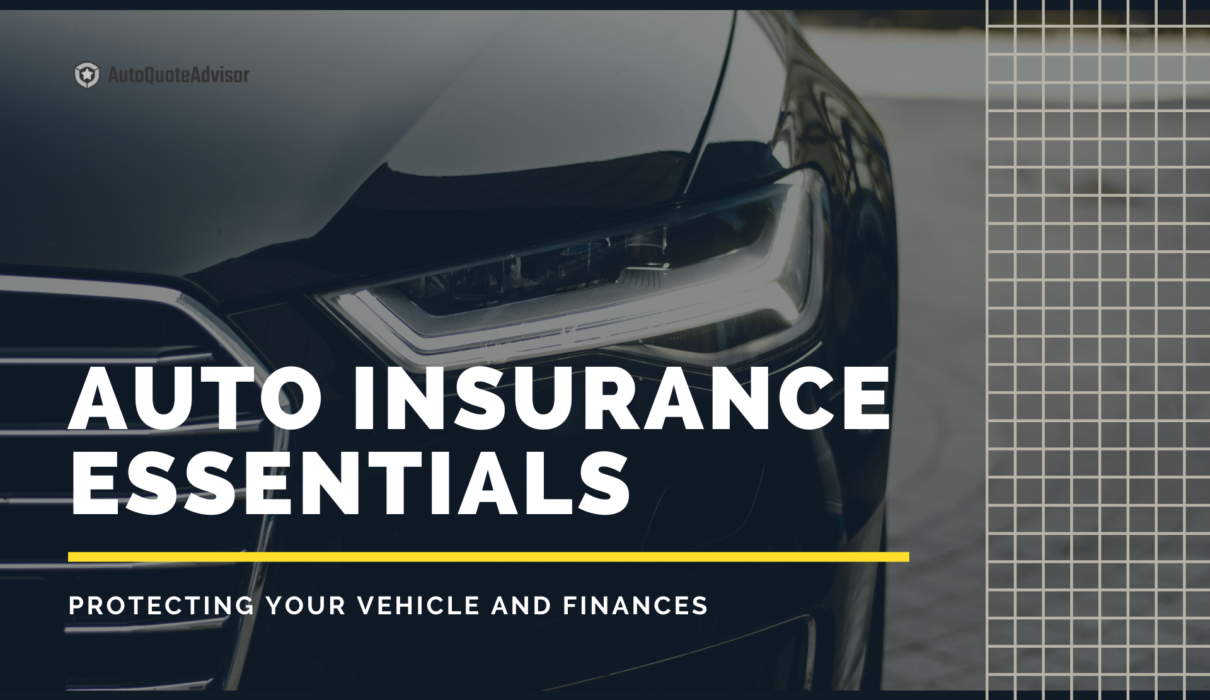Auto insurance is not only a legal requirement in many places, but it’s also a vital financial safeguard for drivers. Whether you’re a seasoned driver or a new one, understanding the essentials of auto insurance is crucial for protecting your vehicle and finances. In this article, we’ll delve into the key aspects of auto insurance coverage, helping you make informed decisions about your policy.
- Understanding Coverage Types:
- Liability Coverage: This covers damages and injuries you cause to others in an accident. It’s typically required by law.
- Collision Coverage: Covers damages to your vehicle caused by collisions with other vehicles or objects.
- Comprehensive Coverage: Protects against damages not caused by collisions, such as theft, vandalism, or natural disasters.
- Personal Injury Protection (PIP): Covers medical expenses for you and your passengers regardless of fault.
- Uninsured/Underinsured Motorist Coverage: Protects you if you’re in an accident with a driver who has insufficient or no insurance.
- Factors Affecting Premiums:
- Driving Record: A clean driving record typically leads to lower premiums.
- Vehicle Type: The make, model, and year of your vehicle can impact insurance rates.
- Age and Gender: Younger drivers and males tend to have higher premiums due to higher risk.
- Location: Areas with higher crime rates or traffic congestion may have higher premiums.
- Credit Score: In many states, insurers use credit scores to determine premiums.
- Assessing Coverage Needs:
- Consider the value of your vehicle and your financial situation when determining coverage.
- Evaluate potential risks such as theft, vandalism, and natural disasters in your area.
- Factor in your driving habits, including the frequency of driving and the distance traveled.
- Discounts and Savings:
- Multi-Policy Discount: Bundling auto insurance with other policies like home or renters insurance can lead to savings.
- Safe Driving Discounts: Many insurers offer discounts for maintaining a clean driving record or completing defensive driving courses.
- Vehicle Safety Features: Installing anti-theft devices or safety features like airbags may qualify you for discounts.
- Low Mileage Discount: If you drive fewer miles than the average driver, you may be eligible for savings.
- Reviewing and Updating Your Policy:
- Regularly review your policy to ensure it meets your current needs.
- Update your policy when circumstances change, such as buying a new vehicle or moving to a new location.
- Shop around for quotes annually to ensure you’re getting the best coverage at the most competitive rate.
Conclusion: Auto insurance is a crucial investment for protecting both your vehicle and your financial well-being. By understanding the different coverage options, factors affecting premiums, and available discounts, you can make informed decisions when selecting and maintaining your auto insurance policy. Regularly reviewing and updating your coverage ensures that you’re adequately protected against unexpected events on the road.


